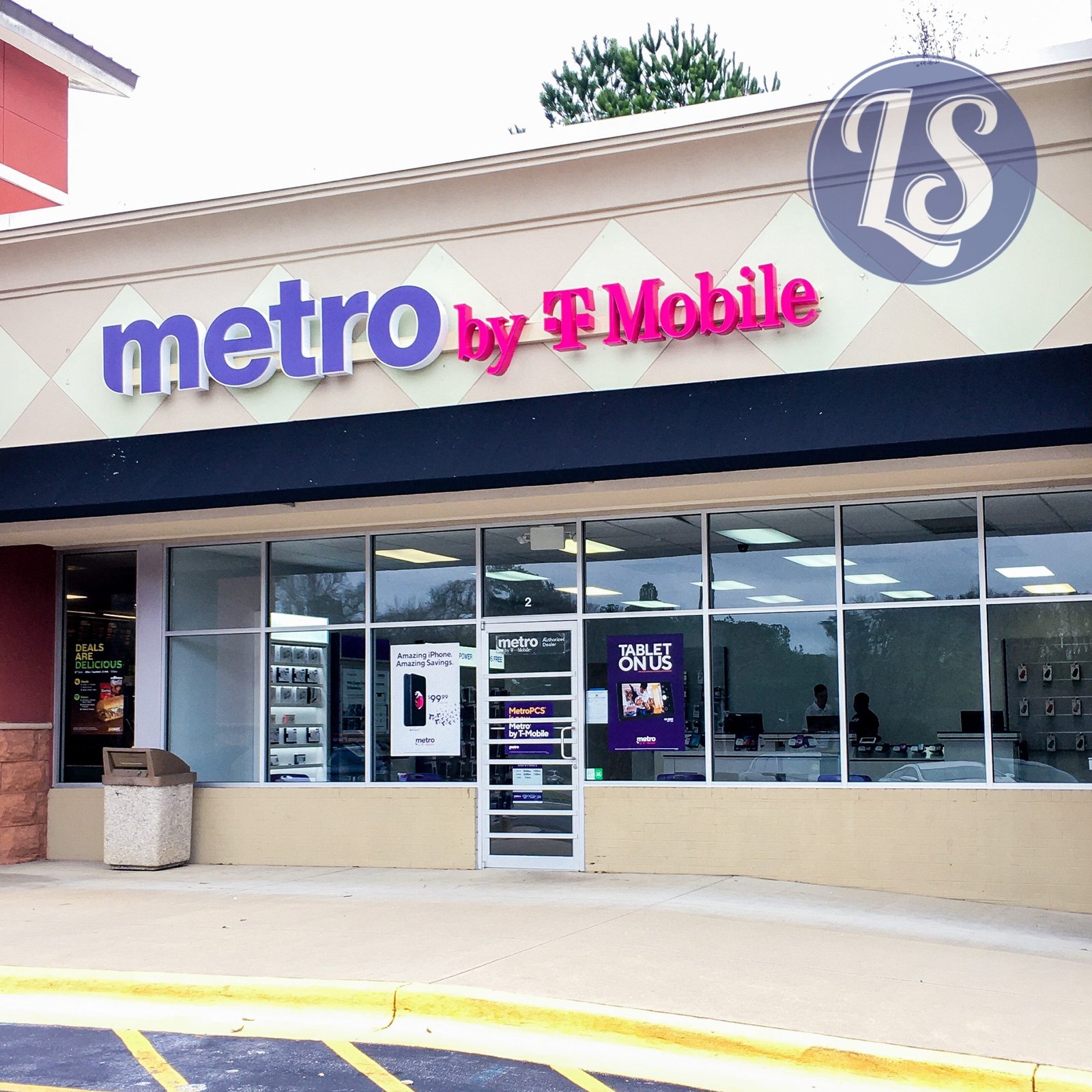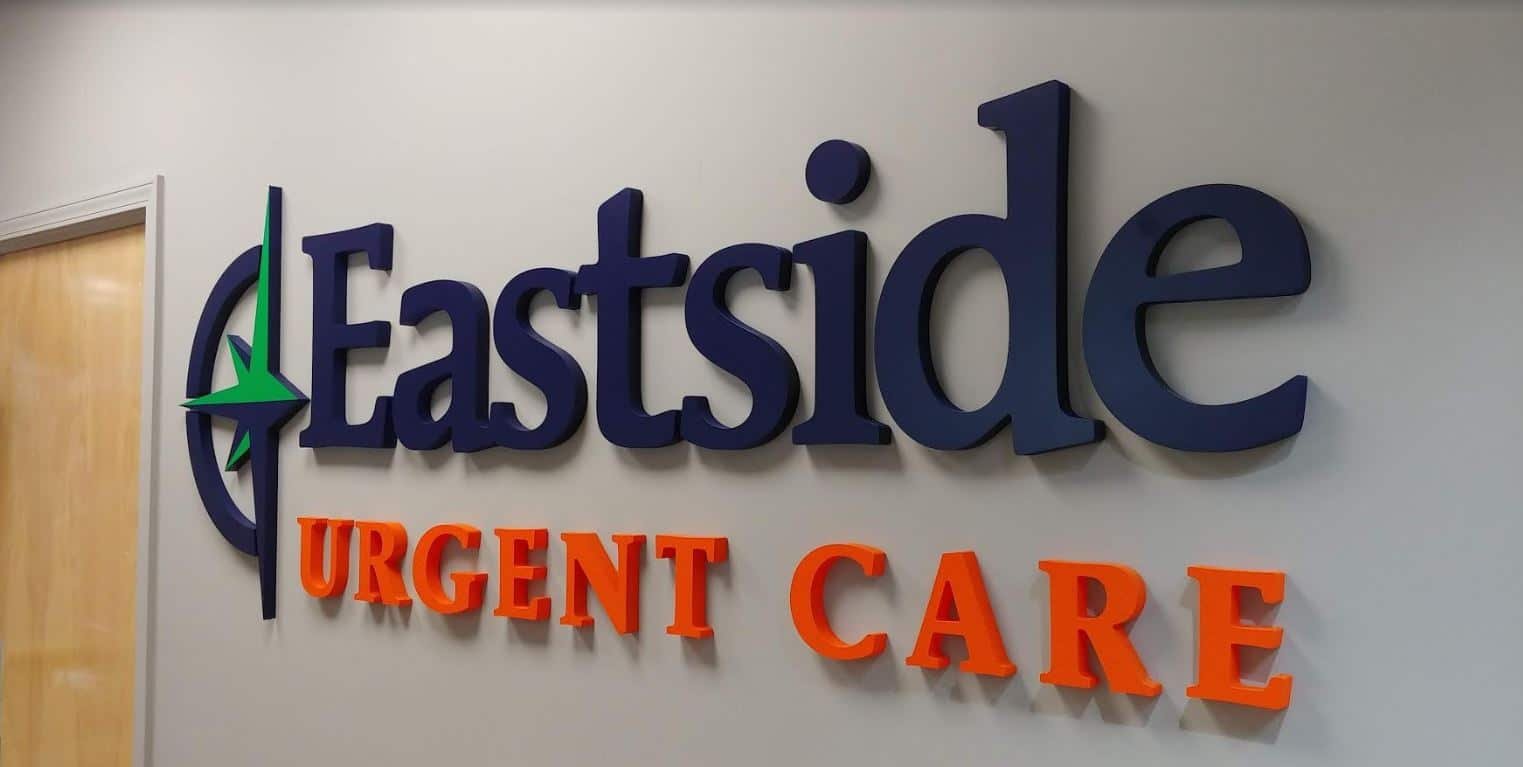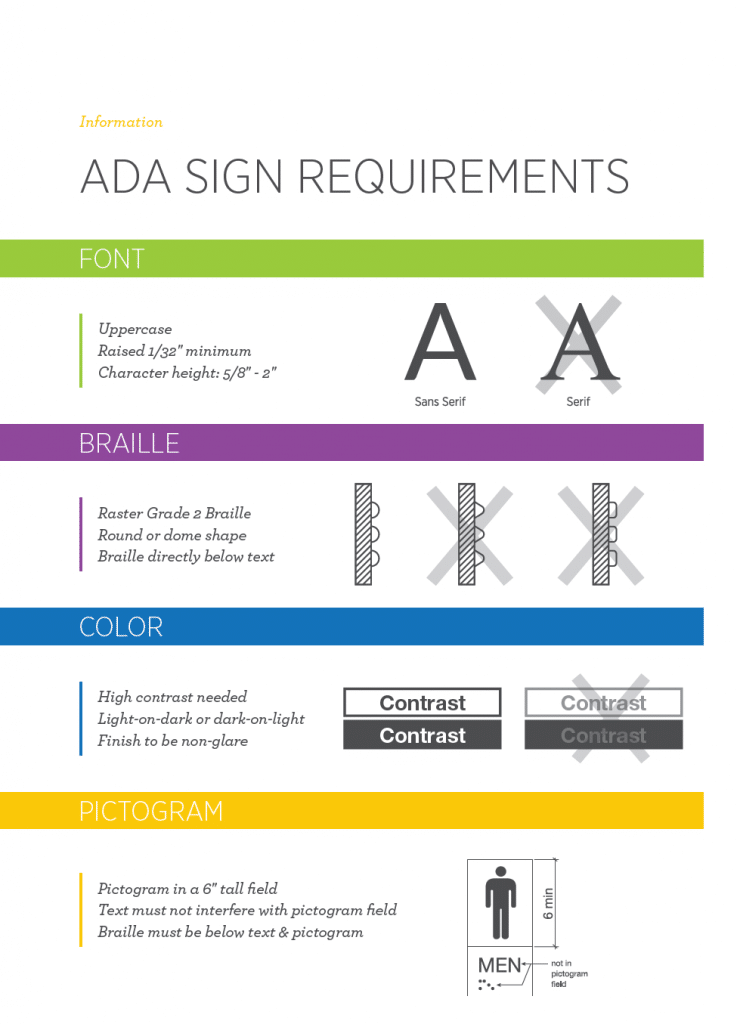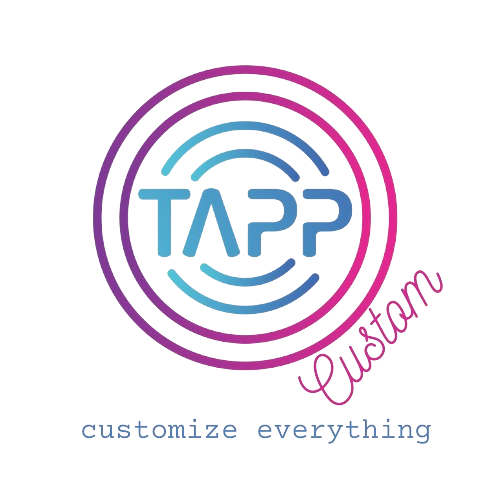Interior Architectural Office Signage
Create Signs That Inspire
Free Sign Audit
High quality precision signage at affordable prices
Defined Process
High quality precision signage at affordable prices
Robust Supply Chain
High quality precision signage at affordable prices
The Process

Step 1
The first step is to have a conversation with you to discuss the project scope, specifications, budget and timeline.

Step 2
Depending upon the project, we may suggest an on-site visit to your facility. During the visit we discuss sign placement, pain points, and collect information for use in developing your proposal.

Step 3
Together, we develop a comprehensive proposal that addresses your signage needs and meets your budget and timeline.

Step 4
We ensure that production of your signs complies with all federal ADA (Americans with Disabilities Act) requirements, meet our high quality standards, and adhere to the project schedule.

Step 5

Step 6
When the installation is complete, we will provide you with a final signage report that you can use for replacement orders or to place new orders.
Click to Browse
Our Work
- All
- 3D Printing
- Awnings
- Channel Letters
- Custom Fabrication
- Dimensional Letters
- Interior
- Lightbox
- Monument Signs
- Neon Signs
- Vinyls & Prints

























ADA Compliance Information
WHAT IS THE ADA?
The American’s with Disabilities Act (ADA) protects the civil rights of persons with disabilities. This sweeping legislation prohibits discrimination of persons with disabilities in employment and areas of public accommodations, including nearly every business from stores and shops, restaurants and bars, service establishments, theaters, hotels, recreation facilities, private museums and schools, and others.
The Department of Justice has the ultimate responsibility for enforcing ADA laws. In practice, though, the actual assessment of signs is usually handled by local code inspectors. Citations issued by the Department of Justice from $75,000 for the first offense and $150,000 for subsequent offenses.
WHAT IS AN ADA COMPLIANT SIGN?
As it relates to signage, the ADA establishes standards to ensure signs are easy to read and understand for people who are blind or visually impaired. ADA sign standards address:
- The height and placement of signs so they are in locations that are easy to see and read
- Use of Braille or tactile letters and pictograms so those who use their fingers to “see” can read signs
- Easy to read colors and fonts so those with visual impairments can clearly see the contrasts of dark and light, even if they can’t see the color or easily make out subtle visual details.
DO ALL SIGNS NEED TO BE ADA COMPLIANT?
Some signs are not required to be ADA compliant, including directories, company names and logos, and temporary signs (used for 7 days or less). Keep in mind that “ADA compliant” does not always mean raised text or Braille. Wayfinding, overhead, or flag mounted signs do not need to have raised text and Braille, but are still required to comply with text height and font regulations and must be installed according to certain guidelines. A good practice to follow is that any permanent room or space identification sign should be ADA compliant.
WHAT IS BRAILLE?
Braille is a system of raised dots arranged in cells. Each cell can contain from one to six raised dots. The number and position of the dots in each cell can represent letters, words, numbers, symbols, or punctuation. There are three different grades of Braille.
Grade 1 Braille – in grade 1 Braille, each cell
represents a single letter or number. Words are
spelled out letter by letter. Because words can’t be
shortened, documents and books produced in grade
1 Braille are very long and bulky.
Grade 2 Braille – grade 2 Braille was introduced as
a space-saving alternative to grade 1 Braille. In grade
2 Braille, a single cell can represent an entire word
and common words are often shortened by
removing vowels. A complex system of styles, rules,
and usage has been developed around the use of
grade 2 Braille.
Grade 3 Braille – grade 3 Braille is essentially a form
of shorthand that hasn’t been standardized and is
highly personalized to the individual. Because of this,
grade 3 Braille is not widely used in publications.





